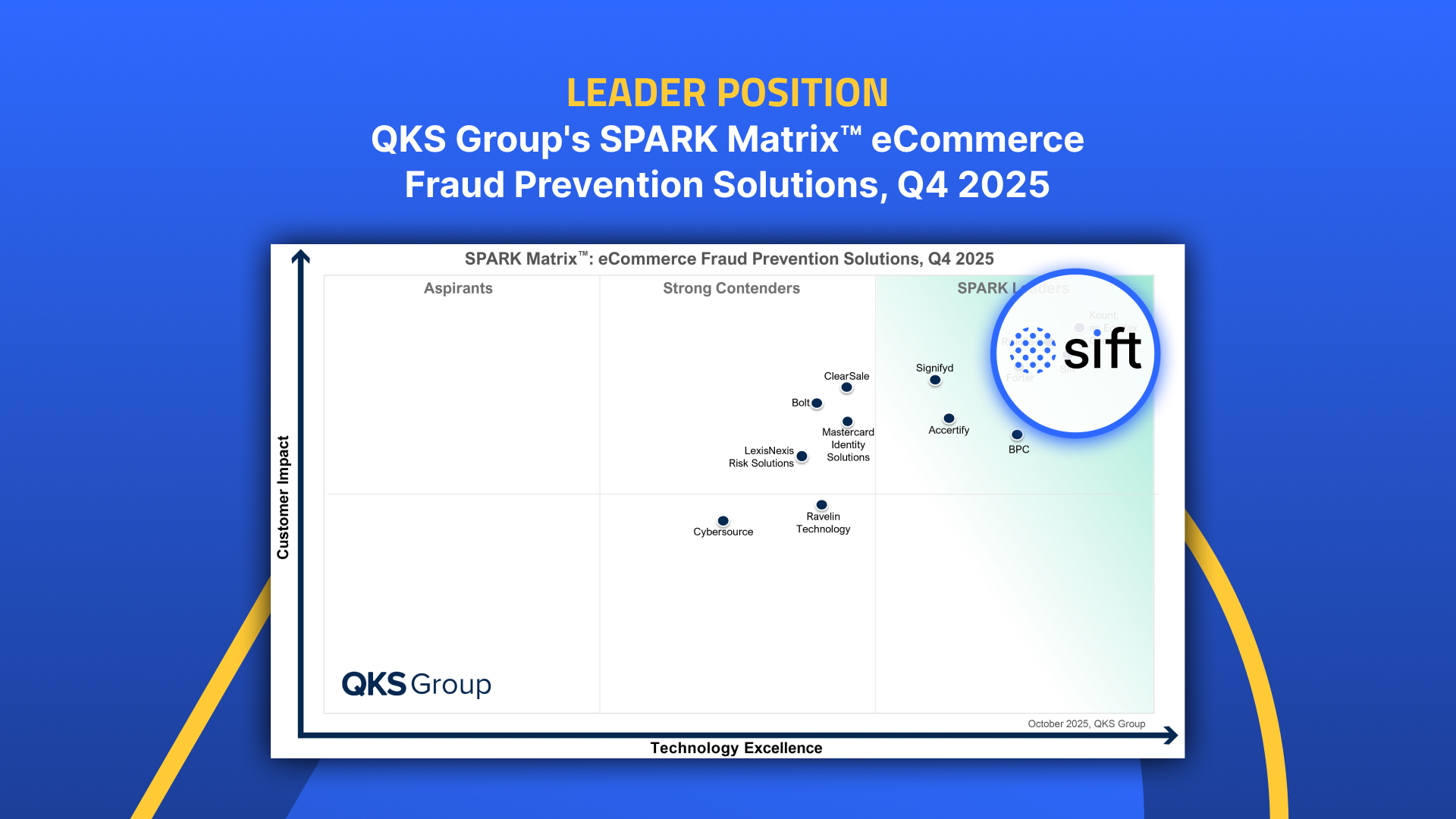Account takeover (ATO) fraud is accelerating in both scale and sophistication. Findings from Sift reveal how fraudsters are moving beyond credential stuffing and brute-force tactics, using automation and AI to imitate legitimate users, bypass detection systems, and exploit weak defenses. These evolving methods are forcing businesses to rethink how they establish and maintain digital trust.
ATO Attacks Are Growing Smarter and Faster
Account takeover is one of the fastest-growing threats in digital commerce. In 2025, 83% of organizations experienced at least one incident, and projected losses are climbing to $17 billion, up from $13 billion last year. Bots, malware, and AI-driven attacks, including deepfakes, credential stuffing, and fraud-as-a-service kits, are automating account compromises at scale.
Sift’s Q3 2025 Digital Trust Index shows ATO attempts rose 4% year-over-year, with the steepest spikes in e-commerce, fintech, and internet & software. AI is enabling attackers to scan for weak points, simulate legitimate behavior, and bypass traditional detection. Consumers are feeling the impact, with 14% reporting having experienced ATO in the past year, often leading to downstream fraud like payment abuse or loyalty point theft.
How Agentic AI is Changing the Game
ATO tactics have evolved beyond simple login attacks. Fraudsters can now use agentic AI to run adaptive, end-to-end campaigns that can compromise thousands of accounts simultaneously, exploiting weak points at unprecedented speed.
Unlike traditional automation, agentic AI can reason, plan, and act autonomously, adjusting its tactics in real time. These AI agents mimic legitimate behaviors, such as device movement, purchase timing, and login patterns, making static defenses and periodic updates increasingly ineffective. Businesses now need continuous learning and adaptive decisioning to interpret complex identity signals and stop attacks before they escalate.
Consumers are already wary of AI agents: 74% say AI shopping agents increase concern about ATO, and only 14% would let an AI agent shop for them. Confidence in AI handling sensitive data is low, with just 35% trusting an agent to securely handle their financial information and make purchases on their behalf. The rise of agentic AI is amplifying fraud costs, operational complexity, and the stakes for maintaining customer trust.
The Human Impact: Trust on the Line
The consequences of ATO extend beyond financial loss. Victims often experience reputational damage, loss of loyalty points or stored value, and persistent anxiety about their digital safety.
Consumers are becoming more aware of these risks. Sift’s research shows that 75% of consumers would permanently stop using a brand after their account was compromised. Over half take additional steps to secure their accounts, and 37% describe themselves as very or extremely worried about being hacked.
For digital businesses, these concerns translate directly into churn risk, higher customer acquisition costs, and lasting damage to brand reputation. Protecting accounts is no longer just about preventing fraud, it’s about preserving customer trust.
Fighting ATO with Adaptive AI
Stopping sophisticated ATO attacks requires more than stronger authentication, it demands a dynamic, identity-centric approach. Sift helps businesses combine real-time behavioral, device, and intent signals with global insights to detect fraud early. By leveraging global models, industry-specific cohorts, and threat cluster modeling, businesses gain a “herd safety” effect, seeing attacks before they reach them.
AI, while enabling complex attacks, can also power smarter defenses when applied strategically. Tools like Sift’s ActivityIQ leverages generative AI to allow you the option to rapidly surface and summarize user actions across multiple sessions, giving your team quick, natural language insights to sift through the noise and aid in making faster ATO fraud decisions.
An advanced ATO strategy layers defenses: bot detection at login, ongoing verification after login, and intent-focused monitoring for sensitive actions. This approach ensures legitimate users enjoy seamless experiences while fraudsters are stopped in their tracks, reducing both financial and reputational risk.







